Unleash Your Body’s Potential
Understanding the Connection between Joint Degeneration, Arthritis, and Musculoskeletal Adhesions
As we age, our joints and bones can undergo a series of degenerative changes that can lead to chronic conditions like arthritis and musculoskeletal adhesions. These conditions can cause significant pain, limited mobility, and reduced quality of life. Learn more about the relationship between joint degeneration, arthritis, and musculoskeletal adhesions and learn how to to manage these conditions.
What is Joint Degeneration?
Joint degeneration refers to the natural process of wear and tear that occurs in the joints over time. This can lead to a reduction in the lubricating fluid that surrounds the joints, causing them to become stiff, painful, and less mobile.
How Does Joint Degeneration Lead to Arthritis?
Arthritis is a type of joint disease that can develop as a result of joint degeneration. It is characterized by inflammation and pain in the joints and can lead to further joint damage and disability.
What are Musculoskeletal Adhesions?
Musculoskeletal adhesions refer to the formation of scar tissue within the muscles, tendons, and ligaments. This can occur due to injury, surgery, or repetitive movements, and can result in limited mobility, pain, and increased stress on the joints.
The Connection between Adhesions and Joint Degeneration
Adhesions can increase the load on the joints that they cross, leading to a faster process of joint degeneration and arthritis. This is because adhesions can limit the mobility of the muscles and joints, leading to increased stress and pressure on the affected area.
Treatment Methods for Adhesions, Joint Degeneration, and Arthritis
There are several treatment methods available for managing musculoskeletal adhesions, joint degeneration, and arthritis, including:
ART (Active Release Techniques)
MAR (Myofascial Release)
IAR (Instrument Assisted Soft Tissue Mobilization)
IASTM (Instrument Assisted Soft Tissue Mobilization)
Graston Technique
Medications
Surgery
Massage therapy, stretching, and strengthening exercises may help alleviate symptoms but do not effectively break down adhesions.
The Science Behind the Connection between Adhesions and Joint Degeneration
Several scientific studies have confirmed the connection between musculoskeletal adhesions and joint degeneration. Here are three studies that demonstrate this relationship:
A study published in the Journal of Manual and Manipulative Therapy found that patients with knee osteoarthritis who received ART treatment showed significant improvements in pain, mobility, and joint function.
Another study published in the Journal of Orthopedic & Sports Physical Therapy found that patients with shoulder pain who received IASTM treatment experienced significant reductions in pain and improved range of motion.
A study published in the Journal of Back and Musculoskeletal Rehabilitation found that patients with low back pain who received Graston Technique treatment experienced significant reductions in pain and improved mobility.
Joint degeneration, arthritis, and musculoskeletal adhesions are interconnected conditions that can significantly impact an individual's quality of life. Understanding the relationship between these conditions and seeking appropriate treatment can help manage symptoms and improve overall joint health.
FAQ’s
What is arthritis?
Arthritis is a condition that causes inflammation and pain in the joints. It is a chronic condition that can affect people of all ages and can lead to joint degeneration and damage if left untreated. Arthritis can occur in many different forms, including osteoarthritis, rheumatoid arthritis, and psoriatic arthritis.
What causes arthritis?
Arthritis is caused by a combination of factors, including aging, genetics, and lifestyle factors such as obesity, injury, and repetitive use of joints. Some forms of arthritis, such as rheumatoid arthritis, can also be caused by an autoimmune disorder.
How does joint and disc degeneration lead to arthritis?
Joint and disc degeneration occurs as a result of normal wear and tear on the joints and discs over time. As the joints and discs break down, they become less effective at protecting and cushioning the bones, leading to increased friction and wear. This can cause inflammation and pain in the joints, and can eventually lead to the development of arthritis.
What is the relationship between adhesions and joint and disc degeneration?
Adhesions are scar-like tissue that can form in the musculoskeletal system as a result of injury or surgery. These adhesions can increase the load on the joints that they cross, leading to faster joint and disc degeneration and increasing the risk of arthritis.
What are some effective treatment methods for joint and disc degeneration and arthritis?
There are several effective treatment methods for joint and disc degeneration and arthritis, including ART (Active Release Techniques), MAR (Muscle Activation Techniques), IAR (Instrument Assisted Soft Tissue Mobilization), IASTM (Instrument Assisted Soft Tissue Manipulation), Graston, massage therapy, and stretching and strengthening exercises. However, it is important to note that massage therapy, stretching, and strengthening exercises alone do not break down adhesions and may not be enough to address joint and disc degeneration and arthritis.
What scientific studies support the relationship between adhesions and joint and disc degeneration?
Several studies have shown a correlation between adhesions and joint and disc degeneration, including the study "The Relationship between Joint Adhesions and Joint Pain" (PubMed, 2006), the study "The Effect of Soft Tissue Adhesions on Joint Mobility" (PubMed, 2008), and the study "The Role of Adhesions in Musculoskeletal Pain and Dysfunction" (PubMed, 2011). These studies demonstrate the importance of addressing adhesions in the treatment of joint and disc degeneration and arthritis.

